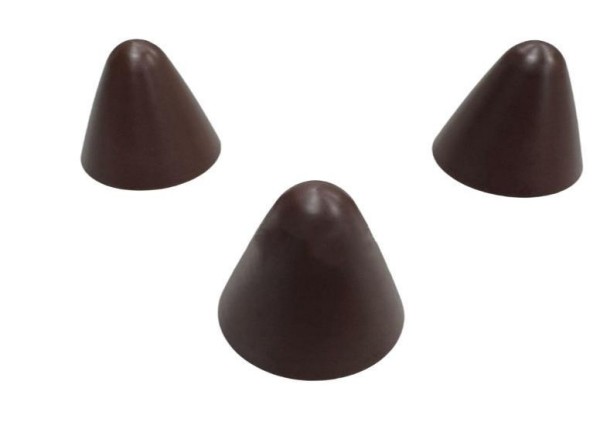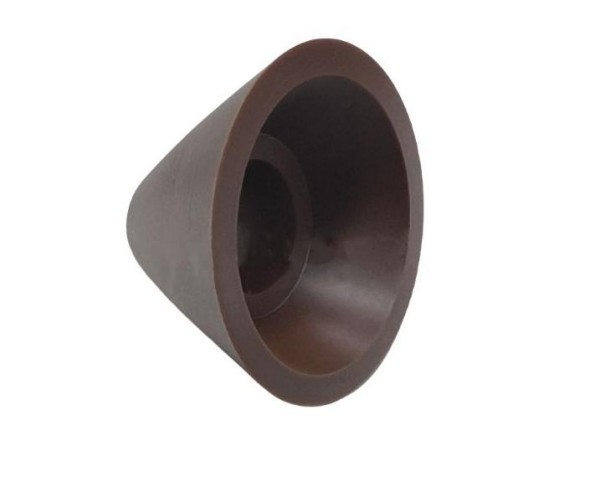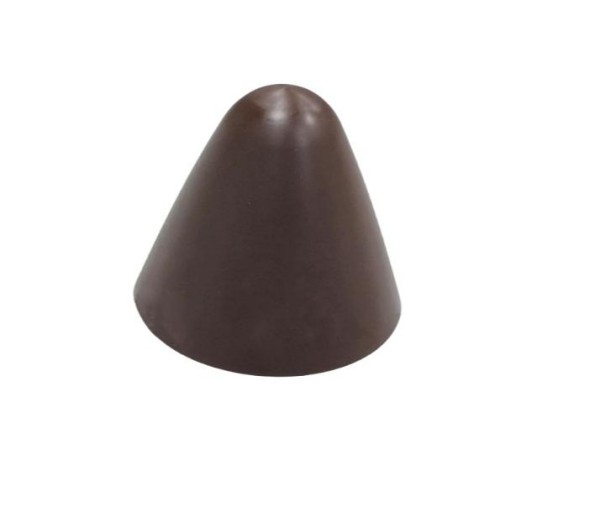Introduction to wave-transparent materials for fiberglass radomes
What is wave-transparent material? It is an insulating material that has little loss and distortion after the passage of radio frequency electromagnetic waves. The main use is to manufacture various types of radomes and to protect antennas of radar and other electronic equipment from the harmful effects of the external environment.
A radome is a structure or enclosure designed to protect antennas and related electronic equipment from the surrounding environment and elements such as rain, snow, ultraviolet rays and strong winds. The name “Radome” is derived from radar and dome.
Radome wave-transparent material refers to a multifunctional dielectric material that protects antenna systems from normal operation in harsh outdoor environments, and its main performance requirement is to minimize the effect of the radome dielectric on the electromagnetic signals received and reflected by the antenna system. Because the antenna system working in different environments has different performance requirements for wave-transparent materials, the types and structures of radome materials are also different.
Therefore, the wave-transparent material of radome needs to meet a series of indexes such as electrical properties, mechanical properties, environmental properties and so on. Electrical properties are generally expressed by dielectric constant ε and loss angle tangent tanδ, usually in the microwave range of 0.3~300 GHz, the wave-transparent material should meet the e less than 10 F/m, tanδ less than 0.01, and excellent wave-transparent material ε is only 1~4 F/m, tanδ is 0.001~0.01, and does not change significantly with the change of temperature and frequency (e.g., the temperature increases or decreases by 100℃, the change is less than 0.001~0.01). down 100°C, the change is less than 1%).
Under the premise of meeting the electrical performance, good strength and modulus can make the radome not easy to be damaged when subjected to longitudinal and transverse mechanical stress, so as to ensure the antenna system's working stability and mechanical reliability. Good thermal shock resistance, ablation resistance and low coefficient of thermal expansion are also necessary conditions for wave-transparent materials for radomes.
The protective housing improves the pointing accuracy of the antenna system by counteracting the negative effects of UV degradation, wind loads or snow and ice buildup. The key function of these structures is to extend the system's ability to operate in unfavorable conditions while creating a safe working environment.
Radome deployment also controls costs associated with the installation and maintenance of the system or equipment. The additional support and protection provided by the radome enclosure extends the life of the SS and allows for more cost-effective structures through the use of smaller motors or foundations. These structures work without compromising the electromagnetic performance of the antenna. This is accomplished by selecting the appropriate construction material that maximizes electrical transmittance and thus maintains transmission efficiency without compromising electromagnetic properties.
Radome walls are manufactured to precise thicknesses to achieve the required radar or radio wave transparency, which is critical in aviation. Solutions designed with appropriate materials achieve optimum system performance.
Most of the current wave-transparent materials for radomes are fiberglass composites. Glass fiber is light weight, good ring strength; good electrical insulation, strong wave-transparency (wave-transparency rate of up to 98% or more), no electrical induction eddy current; corrosion resistance, ultraviolet resistance, aging resistance, impact resistance, in -45 ~ 110 ℃ harsh environment is still good performance, and can be applied to a variety of complex environments; can be used to make a variety of radomes.
Radome is a radar antenna necessary protection items, research and development of glass fiber wave-transparent radome need to have a light weight, easy to process the excellent characteristics, in the use of the process need to be able to maintain the geometric dimensions of the stability, will not deformation, in the harsh natural environment can withstand the ultraviolet radiation, heat and cold changes, and aging resistance, impact resistance and good ability, without special maintenance.
Radomes are made of materials that do not interfere with the radio waves sent and received by the antenna. Various shapes exist to match specific applications. They look like the nose cone of an airplane or a covering on the fuselage to protect the antenna and provide a streamlined silhouette by reducing aerodynamic drag. Solid various airborne or ballistic fixed antennas can cause impedance mismatches due to icing, which affects the transmitter's performance and may cause the transmitter to overheat. The radome prevents this by covering the antenna with a tough weatherproof material such as fiberglass.
Radar antennas are enclosed in a large dome-like structure. They protect rotating equipment and electronics and provide heat to avoid ice and snow buildup.
The geometry of the radome has a profound effect on the transmission characteristics of the antenna. Certain geometric patterns produce scattering errors at specific frequencies. Radomes with multiple or quasi-random panel configurations prevent scattering errors between panels.
Water blocks signal transmission by forming a thin film on the surface of the radome, which can have a substantial interfering effect on the performance of the radome. To avoid signal attenuation, the radome comes with a hydrophobic coating that causes water to roll off the surface. Panel flanges and connector frames are designed in accordance with industry standards to avoid adverse effects on electromagnetic performance due to phase shift or signal loss.
Radome design and performance in the aerospace industry is becoming increasingly important due to the growing popularity of advanced radar applications. For innovative technologies such as Doppler wind shear detection and other advanced radar processes, standard radomes are not ideal. These technologies require specialized or custom-designed radomes
Radomes contain materials with low dielectric constants to minimize reflections and harmful effects on electromagnetic signals. Substances such as balsa wood and plywood were used in the early construction of radomes. Modern structures are made of composite materials, including quartz and glass fibers, and aramid fibers bonded by resins such as epoxy. Honeycomb cores composed of low dielectric constant materials are present between the layers of the radome to improve structural robustness.





